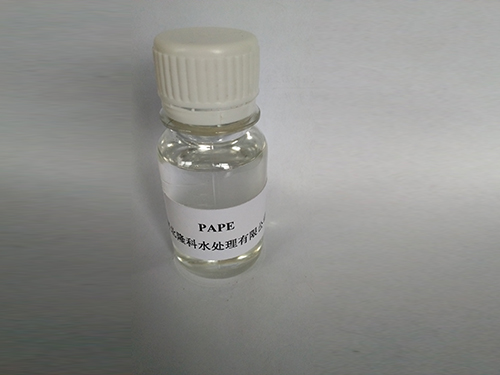Effective Use of Polyacrylamide in Water Treatment Processes for Enhanced Environmental Protection
The Role of Polyacrylamide in Water Treatment
Water pollution remains one of the most pressing environmental challenges globally, affecting ecosystems, human health, and economic stability. To mitigate these effects, various water treatment technologies have been developed, one of which involves the use of polyacrylamide (PAM). This polymer has proven to be an effective tool in enhancing water treatment processes, particularly in sedimentation, filtration, and separation.
The Role of Polyacrylamide in Water Treatment
One of the main applications of polyacrylamide in water treatment is in municipal wastewater treatment plants. In these facilities, PAM is added to the wastewater to enhance the coagulation process. The charged nature of the polymer allows it to interact with suspended solids and organic matter, facilitating the formation of larger flocs. This process not only improves the efficiency of solid-liquid separation but also reduces the overall retention time in the treatment process, leading to more efficient operations.
polyacrylamide water treatment

Another significant application of polyacrylamide is in the treatment of industrial wastewater. Many industries, such as textiles, paper production, and food processing, generate effluents laden with fine suspended solids and pollutants. By introducing PAM into these wastewater streams, industries can achieve a higher level of clarity and cleanliness in the treated water, allowing for safer discharge into the environment or even potential reuse. Furthermore, the use of polyacrylamide aids in meeting regulatory standards for effluent quality, thereby minimizing the risk of legal penalties and promoting sustainable practices.
Polyacrylamide also plays a pivotal role in sludge dewatering processes. In wastewater treatment plants, the generated sludge can pose disposal challenges due to its high water content. By adding PAM as a flocculant, the water content within the sludge can be significantly reduced, allowing for easier handling, disposal, and even resource recovery in some cases. This contributes to not only operational efficiency but also cost savings for treatment facilities.
Despite its many benefits, it is crucial to handle polyacrylamide with care. The monomer acrylamide is classified as a potential neurotoxin and carcinogen, making it important to ensure that PAM is used according to safety guidelines to minimize any risk of exposure. Furthermore, some environmental and health concerns have been raised regarding the biodegradability of polyacrylamide, prompting ongoing research into alternatives and more sustainable formulations.
In summary, polyacrylamide has emerged as a vital component in modern water treatment processes, enhancing the efficiency and effectiveness of both municipal and industrial wastewater management. Its ability to promote flocculation helps in removing contaminants, facilitating sludge dewatering, and complying with environmental regulations. However, as with any chemical agent, careful consideration of its use and impact on health and the environment is essential. Continued research and development will likely lead to improvements in its formulation, enabling even more sustainable and efficient water treatment solutions in the future.
-
The Power of Isothiazolinones in Modern ApplicationsNewsMay.08,2025
-
Flocculants in Water TreatmentNewsMay.08,2025
-
Flocculants and Chemical Solutions: What You Need to KnowNewsMay.08,2025
-
Flocculants and Chemical Solutions: A Growing IndustryNewsMay.08,2025
-
Essential Chemicals: Polymaleic Anhydride and MoreNewsMay.08,2025
-
Acrylic Polymers: Essential Solutions for IndustryNewsMay.08,2025





